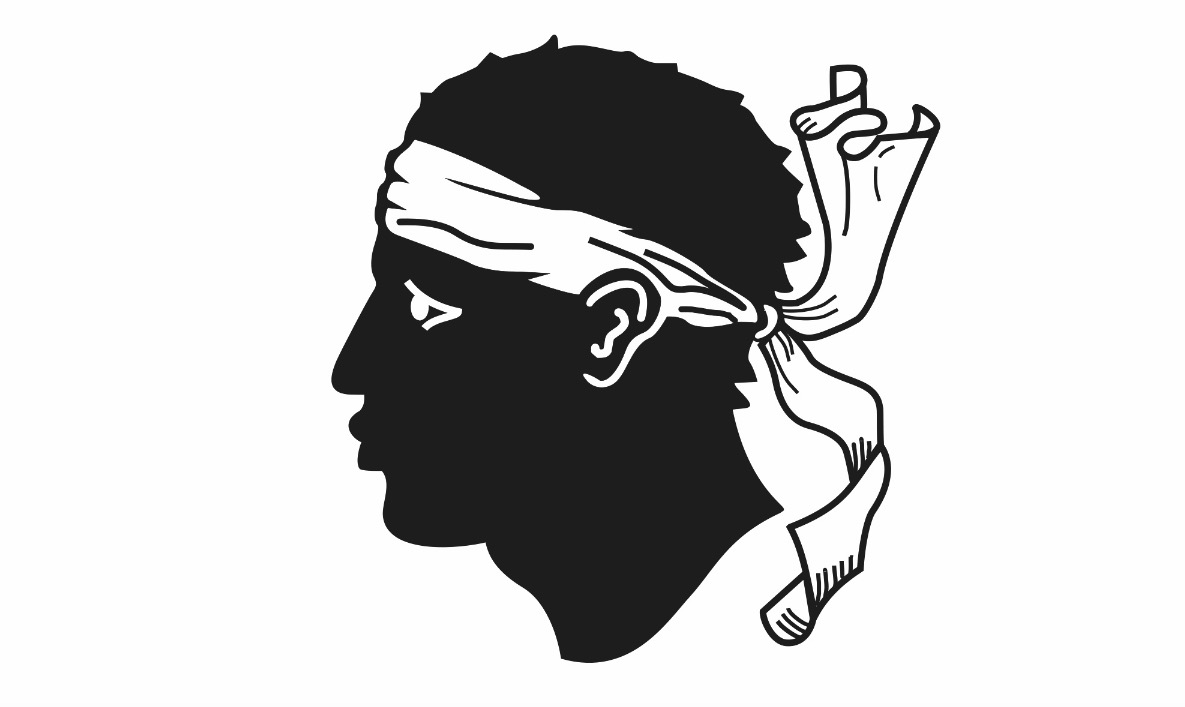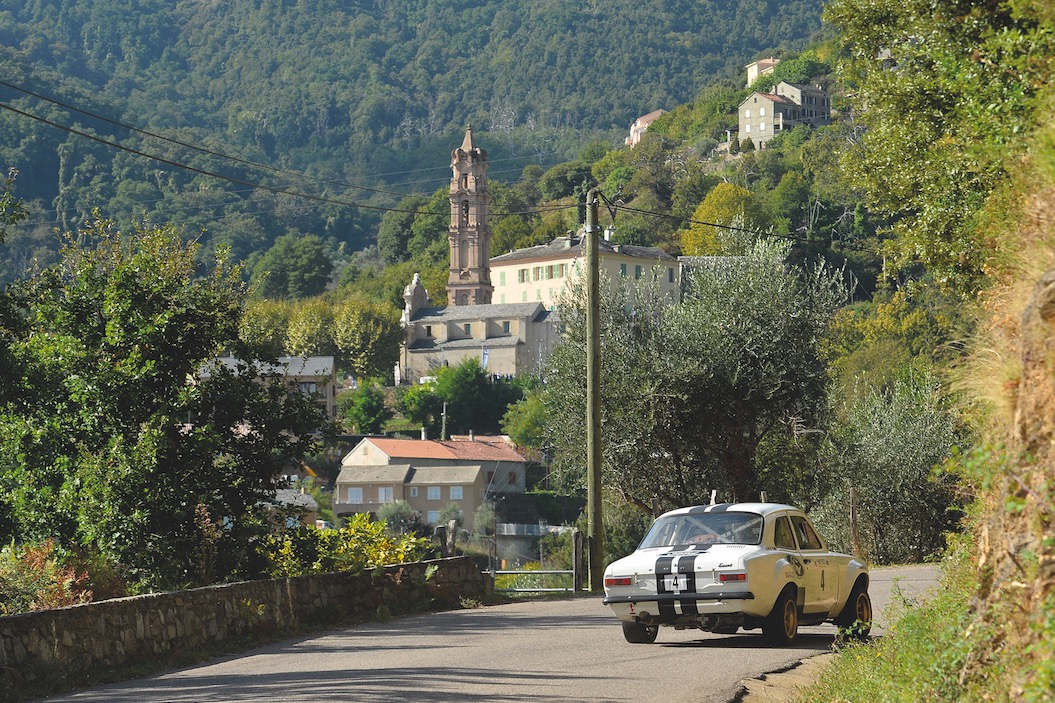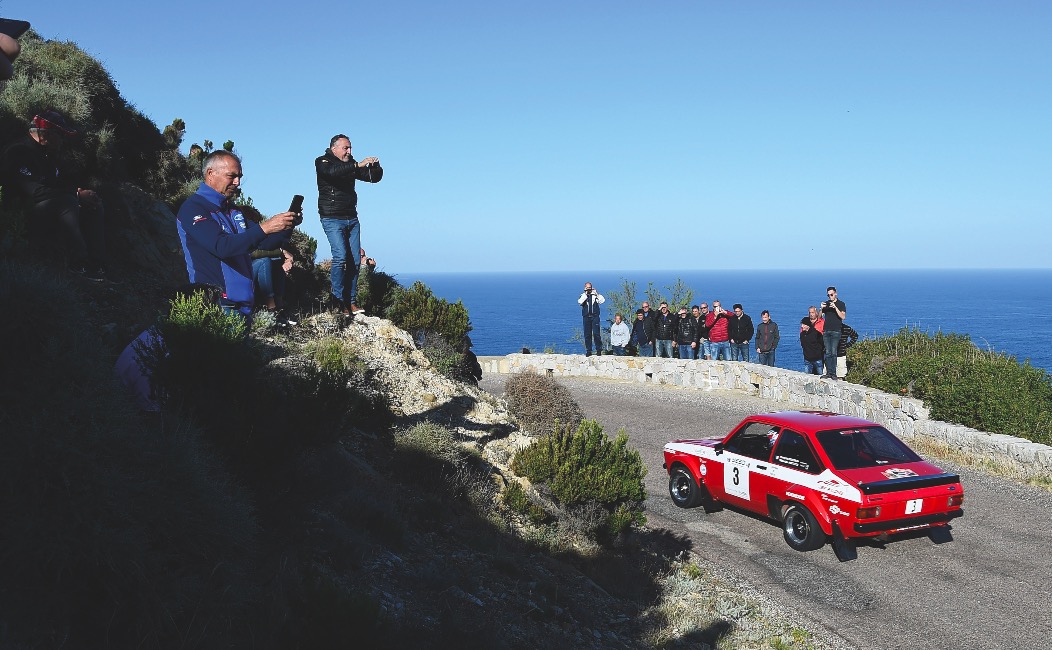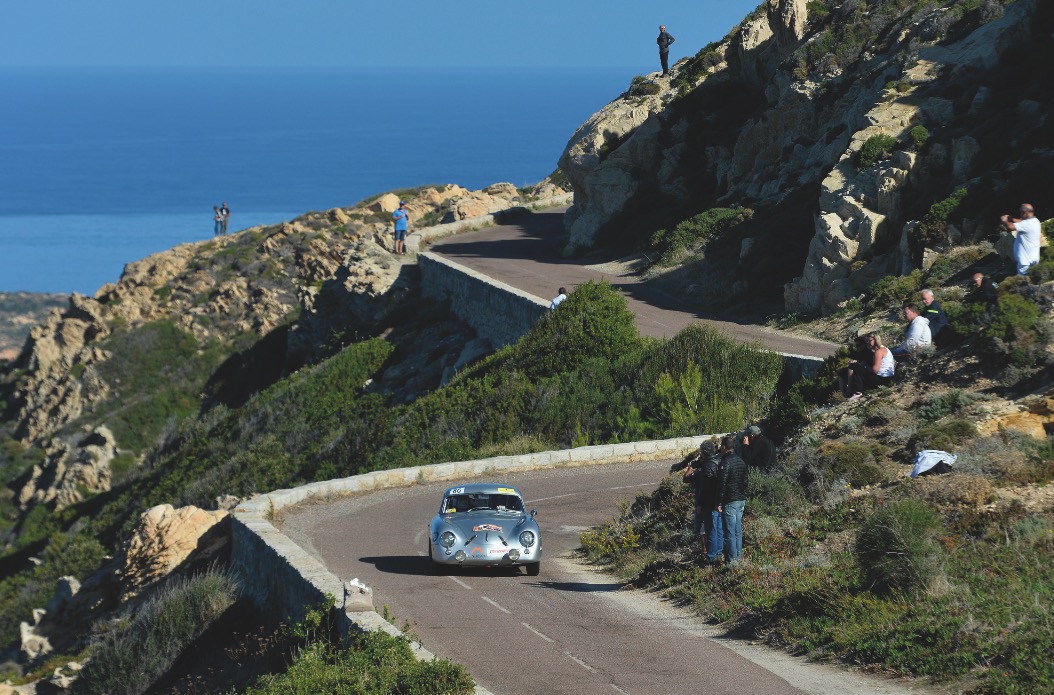Tour de Corse Historique
HOME » Magazine » December 2019 » Rally News » Tour de Corse Historique
Frédéric Lombarde Reports
from the Ile de Beauté

Over the last 19 years, the Tour de Corse Historique has become a major event on the French and international historic rally calendar, and many drivers, including many with great past rally successes to their names, continue to return to the legendary Corsican stages. After a first day of technical inspections and a short shakedown stage in the wet, the sun came out on 8 October for competitors, who, for five days were to rally over some 900kms and 16 special stages totalling 350kms on a route that is altered each year. Eighty-eight cars in competition and 61 in regularity delighted the enthusiastic Corsican public, who never seem to tire of lining the road to admire and listen to the melodious song of cars from the glory years of rallying in Corsica.
After a start and first night in Porto-Vecchio, stops this year were in Saint-Florent, Calvi and Ajaccio before the finish back in Porto-Vecchio. Philippe Gache, victorious in 2011 and 2012, Christophe Vaison in 2014 and 2015, Romain Dumas victor in 2016, Jean-François Mourgues in 2017, Serge Cazaux in 2018 were amongst some famous names absent this year, leaving the fight for victory open in the VHC category.
Marchetti takes the lead

Early leader Joël Marchetti ended his charge on day four when his alternator failed. Photos Fred Chambert Courtesy Tour de Corse
From the start, competition was intense with four teams on the same time on the first special stage! After that, it was Joël Marchetti and navigator Francois-Xavier Buresi in a Ford Escort RS MK1 that went on to score best on the stages to finish the first day with 7 seconds in hand to Pierre Vivier in a Renault Turbo and André Caruso’s Porsche 911.
Leader number two

Pierre Vivier’s Renault Turbo caught re while in the lead on the last day. Photo François & Leo Haase
On Thursday morning the competitors headed towards the citadel of Calvi with four specials on the programme, stopping in Porta for lunch to taste the local products. The day was to be full of twists and turns. An alternator failure ended Marchetti’s run, promoting Vivier into the lead, who later spun off the last stage to lose over two minutes and finish the day in sixth place. The main beneficiary was Alexandre Leroy, who despite losing the clutch in his Mazda RX 7 for the last two specials, arrived in Calvi in the lead with a 25sec gap to Caruso. François Foulon and Sébastien Mattei moved their Ford Escort RS 1800 into third. French racing hero Jacques Lafitte was at the arrival to congratulate the drivers.
Leaders three and four

With brake problems of his own Foulon came home with just one second to spare after five days and 900kms!
On Friday Leroy barely had time to enjoy his lead before he retired from the first stage with mechanical problems. Next Caruso suffered an oil leak on the Porsche and threw in the towel. Foulon thus became the fourth leader of the event. On the famous Place du Diamant in Ajaccio he held a 30sec lead over Christophe Casanova (BMW M3) and 41secs on Vivier, who had won all three of the day’s stages for a strong comeback after his day two mishap, but was nonetheless some four and a half minutes behind the leader.
Vivier re-takes the lead…
..but loses it again

Driver of the day was Louis Antonini, who started his Porsche 911 SC in 19th place and ended the day in eighth. Photo François & Leo Haase
The final day was to take the caravan back to Porto-Vecchio with 79kms over three stages still to run. Vivier took the first two stages to snatch the lead from Foulon, but in yet another twist of fate, the R5’s Turbo caught fire on the last stage, and the car burned completely. Foulon, with brake problems of his own was again promoted into the lead. With the M3 of a charging Casanova behind his ailing Escort, Foulon did well to come home one second to the good after five days and 900kms!

Jean-Michel Villot and Pierre-Henri Morel drove one of only two period E cars – and won the class!
In regularity, competitors were equipped with the all-seeing Tripy system that gives the average speed each moment for each crew. The category also saw its ups and downs and several lead changes, but in the end Jean-Pierre Verneuil and Jerome Scudier, in their small Alpine R5, were most accurate and won by a scant seven points to the Porsche Carrera of Bernard Figuière and Isabelle Godin.
After the successful 19th running of this highly regarded event, competitors and spectators alike are eagerly anticipating next year’s 20th anniversary edition, which promoters promise will be even more special.
For a fuller report, see our December 2019 issue
These stories are all from the pages of Historic Motor Racing News. Some have been abbreviated for this web site. If you'd like to receive the full version, please visit our subscription page where you will find postal subscriptions available. A full subscription also entitles you to access the current issue online (available soon), so you can take it with you and read it anywhere, and we are working on providing full access to our archives of back issues exclusively for our subscribers.